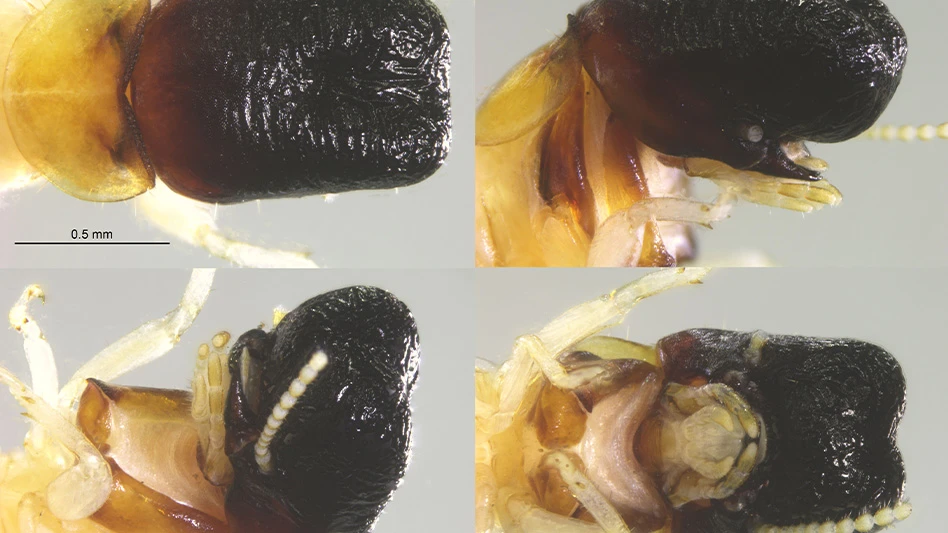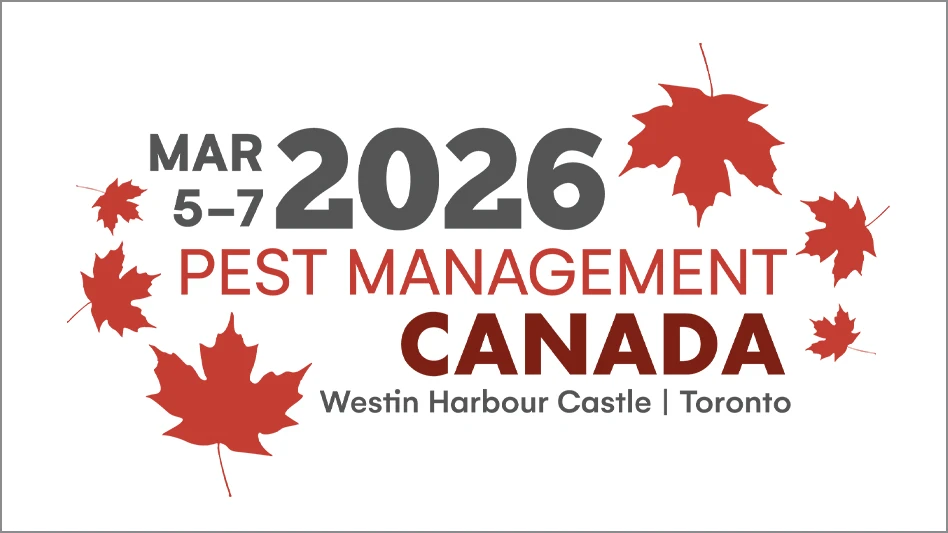 After a long and stormy winter like so many of us across the country experienced this past year, the official arrival of the summer season in June was met with a sense of great expectation among homeowners — and pest control professionals as well.
After a long and stormy winter like so many of us across the country experienced this past year, the official arrival of the summer season in June was met with a sense of great expectation among homeowners — and pest control professionals as well.
According to the Professional Pest Management Alliance’s 2013 Annual Pest Control Attitudes and Usage Survey, summer is the time of year that the majority of Americans (76 percent) experience the most concern about pests and pest infestations.While that may not be a surprise, given the closer contact many of us have with pests when our doors and windows are open and we’re spending more of our downtime outside enjoying nature, it does cause one to wonder what those consumers do to alleviate their concerns.
To find out the answer to that question, and many more, PPMA commissions a national survey every three to five years that explores the opinions of homeowners across the United States. The most recent survey, conducted in September 2013 among more than 1,000 homeowners, also delved into the topic of where people are most likely — and least likely — to look when hiring a professional pest control company. Here are some of the key findings that may help you when determining where to promote your business to prospective consumers during the seemingly pest-filled days of summer, not to mention the fall, winter and spring.
Where are you most likely to look for a professional pest control company?
When the survey was last conducted in 2010, the majority of respondents (52 percent) reported turning to the telephone book/Yellow Pages to find a company. Not surprisingly, the Internet is now the ideal resource, with 42 percent of respondents heading online to do their research before picking up the phone to make a service appointment. Following close behind at 41 percent is a friend’s recommendation, while the telephone book/Yellow Pages have dropped to third with only 28 percent using either of those methods in their search. Finally, 11 percent cite promotional materials from pest companies, and nine percent consider TV/radio commercials as the ideal place to look for a professional pest control company.
Given that homeowners are by and large turning to the Internet to find goods and services and leaving the telephone book behind, it’s important to understand what types of sites they are turning to for information. Among respondents who are most likely to use the Internet to find pest control companies, the majority (88 percent) turn to search engines, such as Google, while 37 percent turn to company listing sites, such as Angie’s List. Other sites mentioned included Pestworld.org (22 percent) and social networking sites (6 percent).
It’s important to remember that online research provides homeowners access not only to a company’s website, but also to company reviews from fellow consumers on social media and company listing sites. Because the Internet allows consumers to go beyond a print ad that offers little more than a company’s name and contact information, it’s essential that professional pest control companies take note of this shift in behavior when putting together their annual marketing plans. Companies should carefully consider online content to ensure they provide the best possible web presence, as it will likely serve as potential customers’ first impressions. Likewise, companies also should take measures to establish their own process or company protocol for responding to customer complaints and accolades in the online space, and be sure to investigate both search engine optimization and online advertising tactics when determining where to spend those valuable marketing dollars.

Where are you least likely to look for a professional pest control company?
Perhaps just as important as understanding where consumers are most likely to look in their search for a pest control professional is learning where they most certainly aren’t looking. When presented with this question, the results were not overwhelmingly pointed toward any specific direction. While 25 percent reported they are least likely to consider billboard advertising, another 24 percent cited real estate agents as the least likely resource. Valpak and other coupon mailers, and television/radio commercials followed close behind at 17 percent each, and 16 percent of respondents gave the telephone book/Yellow Pages top billing as the last place they would look.
More than anything, these results reinforce the prominence the Internet plays in the behavior of consumers when it comes to hiring a pest control professional. The traditional tactics that were heavily relied upon in the pest control industry, and many other service industries for that matter, in the past are clearly becoming less effective as the majority of consumers head online the moment they decide to engage with a professional. They aren’t disappearing completely, however, and many companies still report great success in broadcast advertising, direct mailings and print advertising. A successful marketing plan calls for a blend of tactics that hit all segments of an audience, so a diverse strategy is essential to reach both current and potential customers.

Final Thoughts.
PPMA’s annual survey provides a great opportunity to pause and consider our current tactics and overall impression of our audience. Companies should take these opinions into consideration when developing their marketing materials and perhaps most importantly, during those face-to-face conversations that occur while on service calls.
The full version of PPMA’s 2013 Annual Pest Control Attitudes and Usage Survey is available to PPMA investors on PPMATools.org. For more information about PPMA, visit www.npmapestworld.org/ppma or contact Missy Henriksen, executive director of the Professional Pest Management Alliance and vice president of public affairs for the National Pest Management Association, at mhenriksen@pestworld.org.

Explore the October 2014 Issue
Check out more from this issue and find your next story to read.
Latest from Pest Control Technology
- Donny Oswalt Shares What Makes Termites a 'Tricky' Pest
- Study Finds Fecal Tests Can Reveal Active Termite Infestations
- Peachtree Pest Control Partners with Local Nonprofits to Fight Food Insecurity
- Allergy Technologies, PHA Expand ATAHC Complete Program to Protect 8,500 Homes
- Housecall Pro Hosts '25 Winter Summit Featuring Mike Rowe
- Advanced Education
- Spotted Lanternflies, BMSBs Most Problematic Invasive Pests, Poll Finds
- Ecolab Acquires Guardian Pest Solutions





